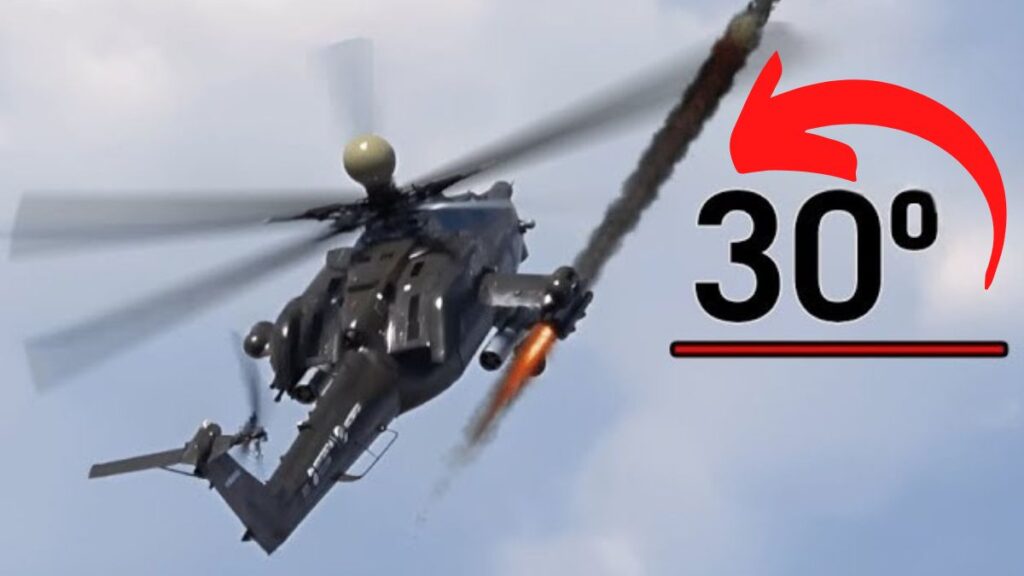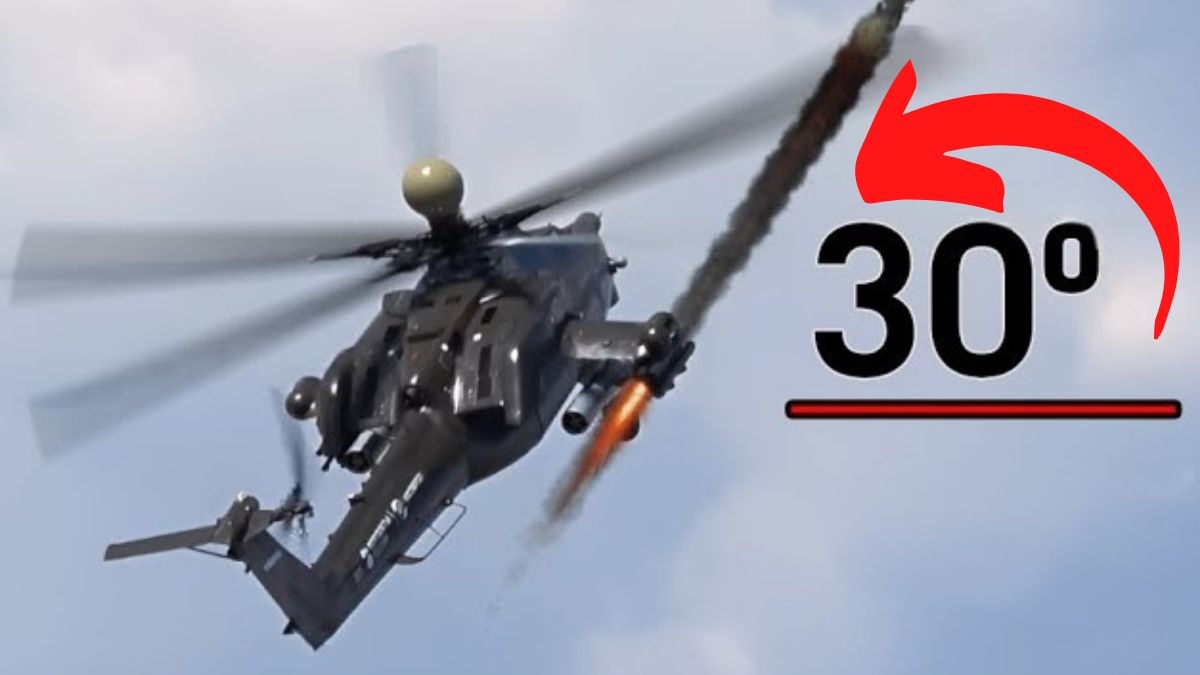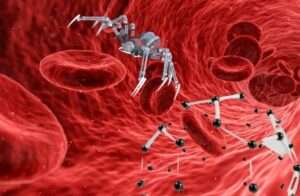
A bomber aircraft has a lot of forward momentum when it drops a bomb.
However, drag causes the forward momentum to slow down shortly after release.
The bomb’s trajectory becomes complicated and curved as a result of this.
This method has been used by bombers for a long time because even foreign aircraft cannot perform it accurately on their own.
However, it became more challenging to safely and accurately drop bombs in the 1950s.
This is because it is harder to hit the target the faster the bomb moves.
To reduce the horizontal velocity, bombers had to dive close to the target before releasing the bomb.
However, due to its difficulty, it was used less and less in the 1970s and 1980s.
It is currently only used sparingly in conflicts.
The primary reason is that hitting the target is now more challenging than it was in the past.
Because the bomb is thrown forward rather than straight down, toss bombing allows planes to hit targets with greater precision than dive bombing.
This not only makes the bomb detonate earlier, reducing the amount of time between when the plane releases the bomb and when it hits the target, but it also shields the plane from low-level ground fire.
A bomb thrown at 510 miles per hour would rise for approximately 23 seconds before falling for approximately the same amount of time.
The airplane would have more than 40 seconds to straighten up and flee for safety before the bomb exploded.
Over-the-shoulder bombing was the name given to this strategy.
The pilots referred to it as the “idiots loop,” and the U.S. Air Force referred to it as the “low altitude bombing system,” or LAPS.
The pilot would fly low as they approached the target to initiate the “idiots loop.
” In order to get ready for the maneuver, the pilot would then activate the LAPS switch.
The pilot would be notified when to pull up to a vertical position by the LAPS apparatus, which had all of the target’s information.
Three and a half to four Gs were generated by the rapid ascent.
Interestingly, activating the LAPS switch did not give the pilot any control over when the bomb would fall.
The LAPS apparatus was the one tossing the bomb upward and backward toward the target at the exact same time that the pilot had consented to release the bomb.
Using a B-47 bomber, this maneuver was first demonstrated to the public in May 1957 at Eglin Air Force Base.
However, after some testing, it was determined that the B-47’s frame was stressed by the G-forces, resulting in fuselage cracks.
However, since the advent of precision-guided munitions following World War II, none of this is any longer relevant.
There is no longer a need for such risky and complicated maneuvers because guided missiles that launch from the surface or the air can now target areas at much greater distances and with much greater precision.
However, what about the helicopters that were aiming for the sky?
There are many different explanations for the strange actions that are being taken.
These rockets are unguided, which is safe to assume.
It does not appear possible to launch guided rockets at these quantities.
Toss bombing is based on the physics of the bomb following a predictable parabolic trajectory, which is why some people have referred to this method as lofting—an alternative name for tosswami.
Naturally, rockets also have a trajectory, but because they are propelled and burn rates can vary, it is nearly impossible to predict their trajectory.
Because they are direct fire weapons, unguided rockets like the 80 millimeter S8 must travel in a straight line to the Target in order to accurately hit it.
They will fly further if they are launched in a parabolic trajectory, but their destination is far from ideal.
Although the crew of the ka-52 and the mi-28n may be able to use their weapons computers to determine the angle and release rates required for a specific Target location, the rockets’ unguided flight and their longer flight path would significantly reduce their accuracy in comparison to a direct rocket attack.
It is true that both aircraft have relatively sophisticated Fire Control Systems.
Russian helicopters carried out similar attacks during their first campaign in Chechnya between 1994 and 1996, according to a report from the U.S. army’s foreign military studies office.
A pitch-up maneuver would be used to launch S-24 unguided rockets, extending the weapon’s range by six to seven kilometers.
The pilot was able to fire without entering Dudev’s forces’ air defense weapons’ kill zone because of this.
The fact that neither side appears to want to get too close to the other is obvious.
In an effort to hit something, these pilots are pointing their helicopters upward and firing at the opposing side, almost acting like an airborne multiple rocket launcher with poor accuracy—an artillery lottery, if you will—because getting within kill range of the opposing site’s air defenses could be disastrous for them.
After firing the rockets, they ejected flares and quickly turned around, which seemed to bolster their fear of being shot at by manpads or other weapons.
It is troubling to think that these unguided rockets could be destroying non-military targets as well as injuring unarmed military vehicles or personnel if they are being fired at indiscriminately.
Both the Geneva Convention Additional Protocol 1 and customary international law forbid indiscriminate bombing, in which the attack fails to distinguish between military targets and civilians.
They are considered a war crime under the International Criminal Court’s Rome Statute.
But more importantly, does it justify Ukraine’s indiscriminate retaliation if Russians initiated and continue to initiate this indiscriminate rocket fire?
Take a look for yourself to discover the capabilities of FANUC!
The transportation industry has seen the most recent AI breakthroughs.
Nowadays, AI robots can drive cars, trucks, and airplanes.
Artificial intelligence (AI) has emerged as a crucial component in the development of autonomous vehicles, which are able to navigate roads, identify obstacles, and make decisions based on their surroundings.
An excellent illustration of an AI-powered self-driving vehicle is the Tesla Model S.
This electric car avoids obstacles and navigates roads using cameras and sensors.
Additionally, it makes use of algorithms from machine learning to enhance its performance over time.
In today’s world, AI is utilized in numerous ways, including drones.
Some drones are used for surveillance, while others use AI to help them navigate and avoid obstacles.
Additionally, there are AI robots used by the military for tasks like bomb disposal and perimeter security.
Using machine learning and artificial intelligence (A.I.), this robot can distinguish between various types of weed.
It also has a variety of sensors, such as cameras, lasers, and ultrasonic sensors, that help it see its surroundings and make quick decisions.
As a result, it is ideal for construction, inspection, maintenance, and search-and-rescue tasks.
Robots like Robochef and Sophia, which are made to help cook and serve food, are becoming increasingly common in food establishments like cafes, restaurants, and bars.
Since her debut in 2016, Sophia, a humanoid robot created by Hanson Robotics, has caused a stir in the tech industry.
Sophia is a very impressive robot that can do a lot of things, like recognize people and have conversations, but her artificial intelligence really sets her apart.
Sophia is constantly growing and changing, and she’s even the first robot to ever be granted Saudi Arabian citizenship.
In addition to appearing on talk shows and red carpets, Sophia has also performed on stage alongside Will Smith and other artists.
She quickly rose to the status of super-star and is now considered one of the world’s most entertaining figures.
This robot uses cutting-edge imaging technology to get rid of weeds in gardens.
After that, it sprays a specific herbicide to kill weeds while protecting the plants you want.
Another AI-enabled gardening robot is the smart sprinkler that comes with the robot.
This highly sophisticated robot optimizes watering schedules by utilizing advanced weather forecasting and soil moisture sensors to ensure that your plants receive the appropriate amount of water at the appropriate time.
This not only saves water, but it also lowers the likelihood of overwatering and helps your plants avoid drought stress.
You can experience the smart sprinkler in action and be mesmerized by the remarkable AI breakthrough.
AI is the answer if all you want for your home is tranquility and safety.
Toss bombing is based on the physics of the bomb following a predictable parabolic trajectory, Rockets also have a trajectory of course but given that they are propelled and their burn rates can vary predicting their trajectory.
In this manner is practically impossible it is safe to assume that these Rockets are unguided firing guided rockets at these quantities doesn’t seem possible some have referred to this technique as lofting which is another name for tosswami but toss bombing is based on the physics.
If it is true that these unguided Rockets are simply being fired at in a fairly indiscriminate manner they could damage unarmored military vehicles or Personnel but they could also be destroying non-military targets, which is concerning indiscriminate bombing where the attack fails to distinguish between military objectives.
Civilians is prohibited both by the Geneva Convention additional protocol 1 and by customary international law under the Rome statue of the International Criminal Court they constitute a war crime.
What do you think, let us know by Dropping a Comment!







